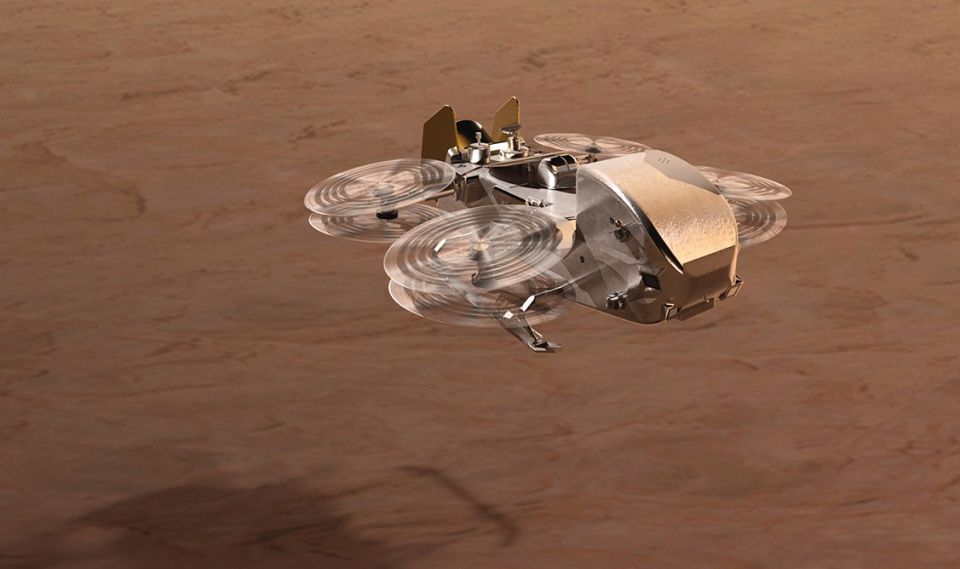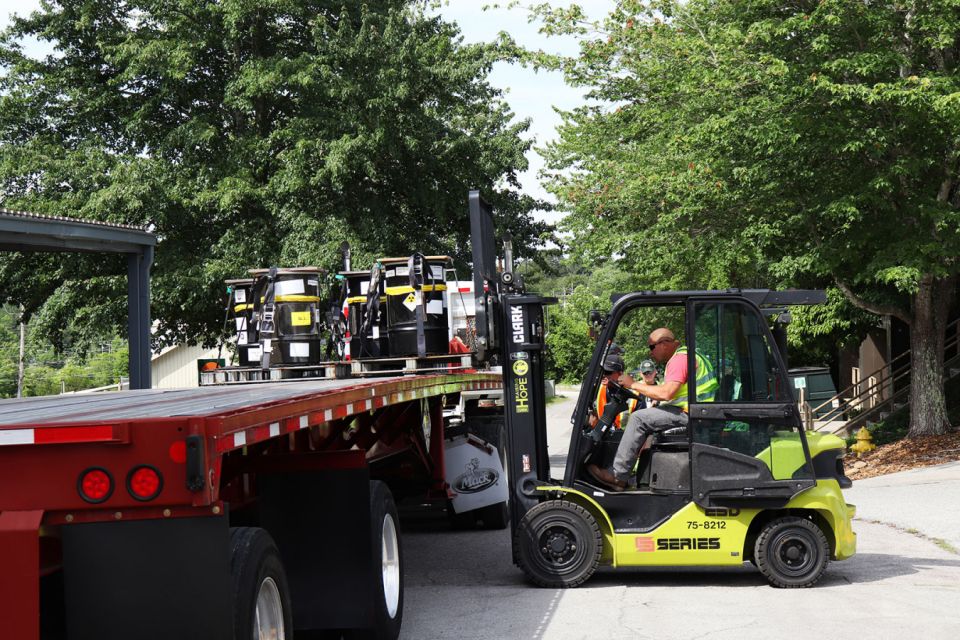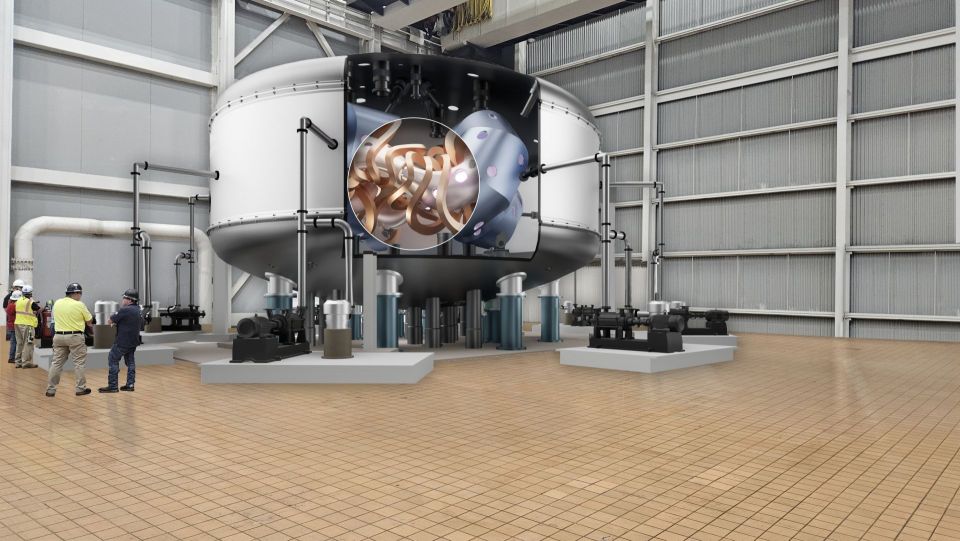DOE ramps up plutonium oxide production to fuel NASA’s deep space missions

The Department of Energy recently shipped half a kilogram of plutonium oxide pellets from Oak Ridge National Laboratory to Los Alamos National Laboratory, the agency announced July 18, marking the largest such shipment since the DOE restarted domestic plutonium-238 production over a decade ago.







